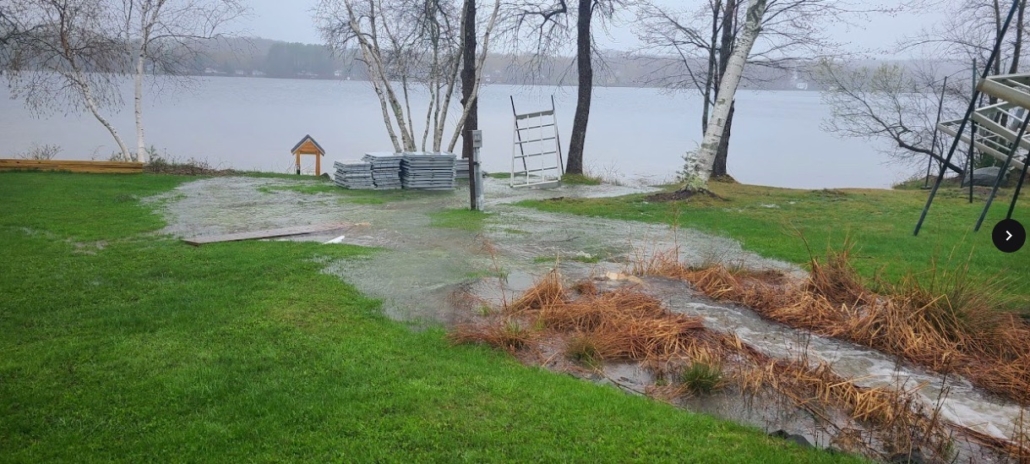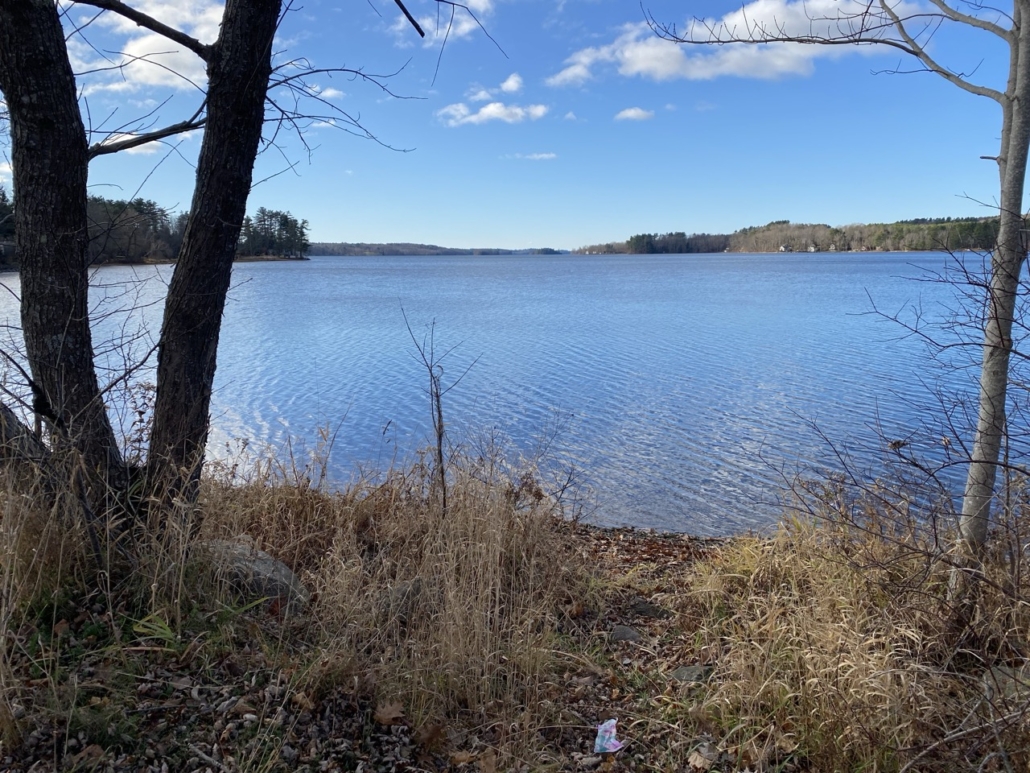Sheepscot Lake residents concerned over reintroduction of lampreys

Many Palermo residents voiced their concerns about the reintroduction of lamprey in Sheepscot Lake during the annual town meeting recently. Contributed photos
Testimonial by Peter Majeski
I would like to bring you back to what will be our future if lamprey become reestablished in Sheepscot Lake. I began fishing in Sheepscot in 1981, primarily for landlocked salmon and togue. In 1986, after five years of fishing, I began to keep a Personal Fishing Record which was submitted to the Department of Inland Fisheries and Wildlife each year. On February 16, 1986, I made the following entry in the booklet after catching an 18-inch togue: “The togue did not have any lamprey marks which is uncommon in this lake. It had no fins clipped that I noticed and was in excellent health and very lively.”During my previous five years of fishing, the majority of the landlocked salmon and togue that I caught were scarred by lamprey, often multiple times. Most of these wounds did not seem to be completely healed. Often, the wounds seemed fresh. Sometimes the lamprey was still attached to the fish when brought to the boat.

Peter Majeski displaying a couple of his catches following the controlling of lampreys in Sheepscot Lake.
On that February day in 1986, the togue was unmarked. This fact was so unusual that I made a special entry in the diary. Of equal importance is my statement that the fish was in excellent health and very lively. This differs from the lamprey marked fish which typically were not as lively. The wounds on the fish were not a pretty sight. Imagine a 6-inch long lamprey attached to a 12-14 inch salmon.
In the late 1980s, my next door neighbor complained of being bitten while swimming. At first, I did not believe her. Over the years, I have been swimming in about 10 lakes throughout Maine and have never been attacked by a fish. However, a couple of days later I was bitten while swimming in the evening. I swished off the fish. After leaving the water, I inspected the mark on my body which was oblong-shaped and about 1.0 – 1.5 inches long. It looked like the wounds that I saw on countless occasions on the salmon and togue that I caught. I looked at the wound on my neighbor. Her wound was similar but appeared deeper, possibly even breaking the skin. At that point, I was a believer. Lampreys do bite people.
The re-introduction of lamprey into Sheepscot Pond will result in a major environmental change. This re-introduction would again destroy the ecological balance and severely injure the existing fish population.
The Lake Report for Sheepscot Lake issued by the Department of Inland Fisheries and Game published in 1970 states, “The Department has recently initiated a program to prevent lamprey eels from entering Sheepscot Lake by closing the fishway each year in the outlet dam during the period of lamprey spawning migrations.” Twenty-two years later in 1992, the Department wrote, “A long term Department program to prevent lamprey eels from entering the lake by closing the fishway during their spawning migrations has met with some success.” In other words, this program was unsuccessful. Based upon my memory of a conversation with Dave Banton, of Palermo (now deceased), I believe that the migration of both lampreys and alewives was stopped downstream from Sheepscot Dam in order to control the lampreys.
Responsible journalism is hard work!
It is also expensive!
If you enjoy reading The Town Line and the good news we bring you each week, would you consider a donation to help us continue the work we’re doing?
The Town Line is a 501(c)(3) nonprofit private foundation, and all donations are tax deductible under the Internal Revenue Service code.
To help, please visit our online donation page or mail a check payable to The Town Line, PO Box 89, South China, ME 04358. Your contribution is appreciated!





Leave a Reply
Want to join the discussion?Feel free to contribute!